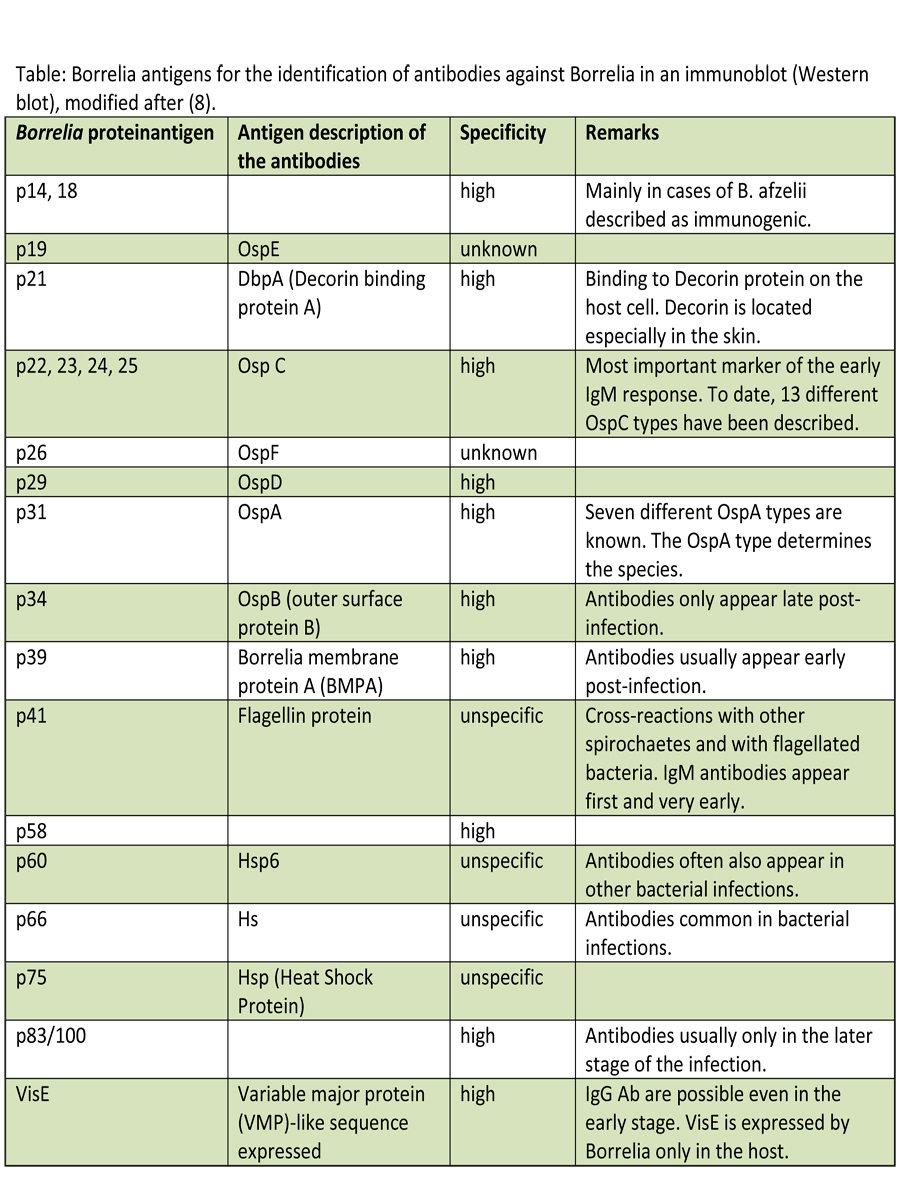

Three different latencies are now known and are referred to as latencies I, II, and III, due to the differential expressions of certain subsets of EBV-specific genes (for a review, see reference 29). The latent infection is established by self-replicating extrachromosomal nucleic acid, the episomes ( 25). Like other herpesviruses, EBV follows a productive lytic infection and establishes latent infection in the host ( 29). After entry, EBV replicates in epithelial cells and B cells in the oropharynx and spreads through the body via infected B cells, while latent genes that either drive B cells to EBV lytic cycle entry or acquire the status of latency are differentially expressed ( 5, 24). The port of entry for EBV is also the port of exit, i.e., the oropharynx. The 186-kb double-stranded DNA EBV genome codes for a number of structural and nonstructural genes.

Knowledge of the EBV life cycle is important to better understand clinical symptoms and EBV diagnostics. In contrast, under immunosuppression B cells dominate over T cells ( 29). However, in patients with mononucleosis, cytotoxic T cells dominate over B cells. In immunocompetent individuals EBV infection is controlled by the humoral and cellular immune responses, in cooperation with the interferon system. However, the characteristic that these therapeutic interventions have in common is that they must be applied very early in the course of disease to be effective thus, early diagnosis is a prerequisite. Anti-CD20 antibody (Rituximab) treatment ( 12) and a wide range of other therapeutic interventions are available for these disorders ( 24). Allograft organ transplant recipients, especially children with pretransplantation EBV seronegativity, are at particular risk for the development of posttransplantation lymphoproliferative disease (PTLD) during immunosuppressive therapy ( 19, 20). The spectrum ranges from benign B-cell hyperplasia resembling IM to more classic malignant lymphomas ( 20, 21). In immunocompromised individuals EBV is associated with disorders with high rates of morbidity and mortality. Therefore, the diagnosis of primary or acute infection is relevant.ĬLINICAL SYMPTOMS IN IMMUNOCOMPROMISED INDIVIDUALS However, no authentic link of chronic fatigue syndrome to EBV infection has been shown ( 29) and additional cofactors and potential causes are being discussed ( 36). Formerly, EBV was suspected to be the major cause of chronic fatigue syndrome on the basis of a “highly unusual serologic profile” ( 29). EBV reactivation is not correlated to any disease so far in immunocompetent individuals, though it is a common phenomenon in such persons. Treatment of EBV-associated mononucleosis is limited to the management of symptoms ( 2). Patients with lymphoma and leukemia may present with symptoms like those of IM ( 20, 31). Mononucleosis may be caused by a variety of other pathogens, such as cytomegalovirus, human herpesvirus 6, adenovirus, rubella virus, mumps virus, human immunodeficiency virus, hepatitis A virus, influenza A and B viruses, and Toxoplasma gondii ( 11, 20). The clinical signs of IM are provoked by the massive immune response involving cytotoxic T lymphocytes directed against EBV-infected B cells ( 29). In most cases primary EBV infection is accompanied by increases in liver enzyme levels and lymphocytosis, largely composed of atypical lymphocytes (mononuclear cells) in the peripheral blood ( 16). A variety of symptoms, such as upper respiratory tract infection, otitis media, abdominal complaints, hepatitis, enlargement of the cervical lymph nodes, tonsillitis and/or pharyngitis, and moderate to high fever are observed ( 31). IM may present as a mild infectious illness of young children, but in young adults primary EBV infection can cause a type of IM known as the Pfeiffer's Drüsenfieber (glandular fever) or kissing disease ( 20). In immunocompetent individuals primary infection with EBV is most often frequently asymptomatic ( 10). CLINICAL SYMPTOMS IN IMMUNOCOMPETENT INDIVIDUALSĬlinical symptoms and diagnostic approaches differ according to the immune status of the patients.


 0 kommentar(er)
0 kommentar(er)
